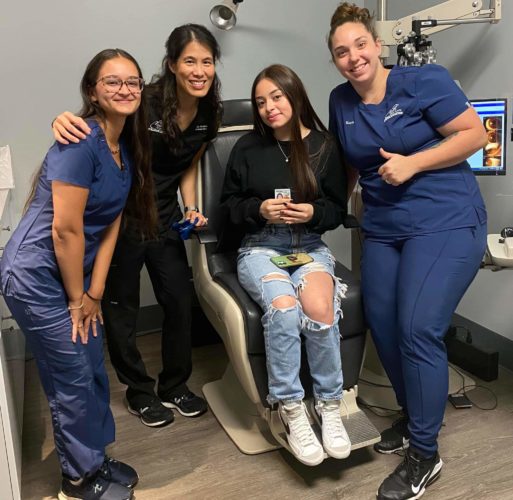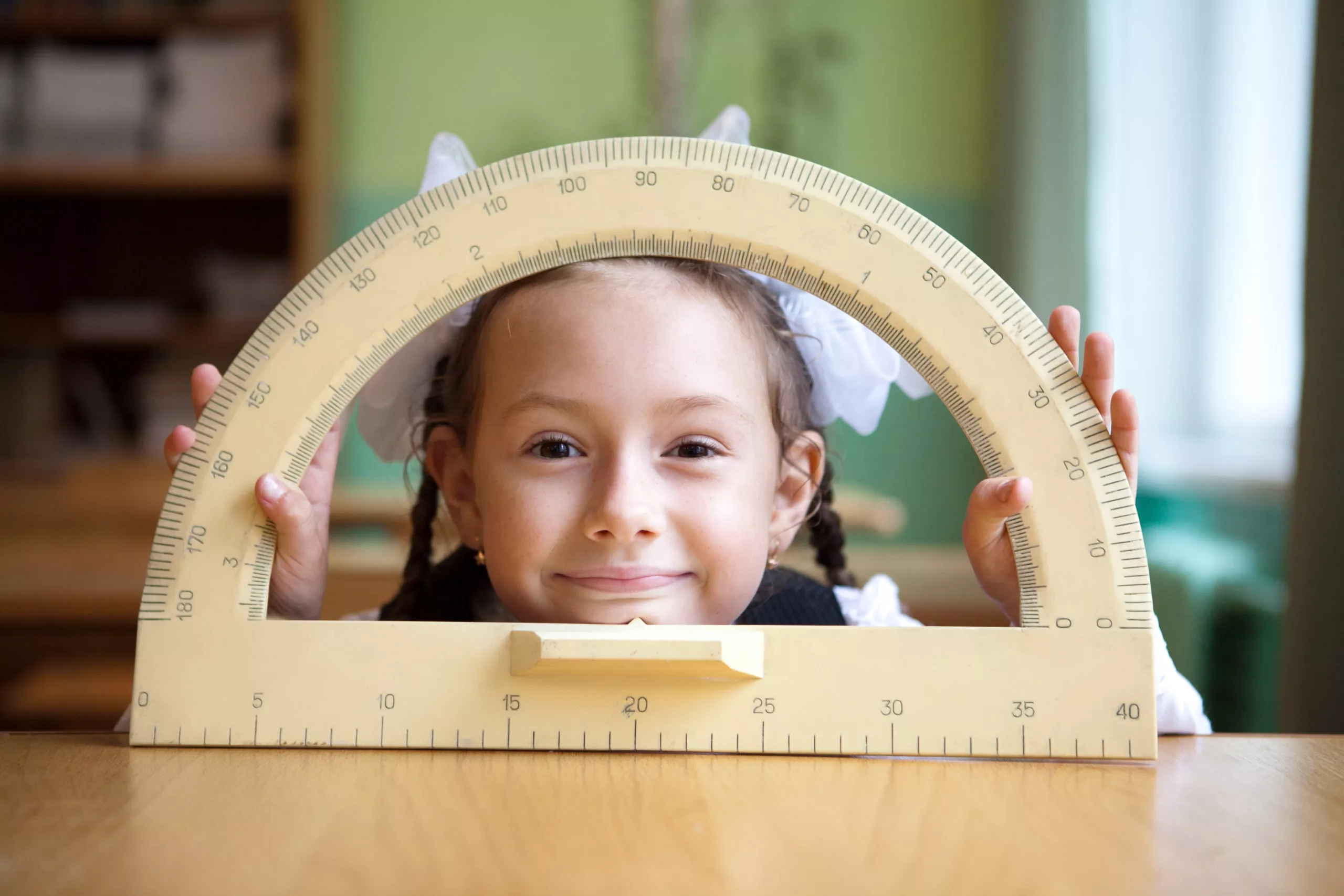Our new expert Q&A series invites you to sit in on conversations with myopia experts who are sharing their insights to help parents like you make the best decisions for their kids’ vision health.
Today, meet Dr. Roxanne Coan, an Optometrist at Coan Eye Care in Florida. Dr. Coan is a member and fellow of the American Academy of Optometry and American Optometric Association.

In this conversation, Dr. Coan explains why children develop myopia, how and why she’s seeing more myopia in her younger patients, and the purpose and benefits of myopia management.
Why did my child develop myopia?
Your child developed myopia because the lens on the cornea is either too steep for the length of the eyeball, or the eyes is too long, or it could be a combination of things. It’s also basically based on genetics. 33% will become myopic when only one parent is myopic. And if none of the parents are myopic, you can still have a 25% chance of becoming myopic. If both parents are myopic, there’s a 75% chance of the child becoming myopic by age 13.
Take home points
- If both parents are myopic, there’s a 75% chance of the child becoming myopic by age 13.
Are you seeing a lot more myopia in your young patients?
In the U.S. right now, it used to be 24%. It has got up to 42%. And we know that by 2050, 50% of the kids will be nearsighted. And we’ve seen with the COVID lockdowns, especially in Asia, that most of the kids became more nearsighted over time. So yes, more kids are becoming more nearsighted. And not only are they nearsighted, they’re becoming highly myopic, too. So, the levels of myopia have increased over the world.
Take home points
- By 2050, 50% of kids will be nearsighted (myopic).
- Levels of myopia have increased all over the world.
Why can’t my child just wear glasses to correct their vision?
You can wear glasses to correct vision, but what it doesn’t do, it doesn’t help control the myopia or try to slow it down. So, myopia results when the light falls behind the retina, the retina is the back part of the eye, and it’s just too long. With myopia, the signals are in the back. So, what you want to do is you want to put another focus target in the front, because that’s where the eye will chase that target. So, it won’t elongate or get longer—that’s why it’s important. You can use glasses for correction, but you want to use other methods of myopia management to try and help slow the eye down.
Take home points
- Glasses don’t slow myopia down.
- You want to use other methods of myopia management to slow down eye growth, or elongation.
What are the benefits of myopia management?
The benefits of myopia management are, one, you’ll have reduced risk of eye diseases, so less chances of your retina detaching from the back of the eye because again, your eyes are just so elongated. Reduced risk of glaucoma, where you can lose your sight. You will also get early cataracts too if you are highly myopic. And, also, you can have damage in the central retinal area and that can cause blindness.1 So, the tissues in the long eyeballs are stretched and thin so it causes really thin areas which will tear. And then sometimes inflammation in the new blood vessels will leak, and that will cause bleeding and scarring.
The other areas of why you want to try and reduce your nearsightedness is that you’ll have thinner glasses. So, the cost of corrective lenses, eye exams, and medical treatments can add up over time. And I’m a very high myope myself. So, I always have to spend a lot of money on thinner lenses and getting all the actual treatments too. Plus, cosmetically, they don’t look very good. So, it’s just better to be a low myope overall, cosmetically, financially.
Take home points
- Myopia management helps reduce the risk of eye diseases like retinal detachment, glaucoma, and cataracts.
- Being a low myope is better overall, cosmetically, and financially.
In part two of our conversation with Dr. Coan, she explains when to think about myopia control, she shares information on treatment options, treatment length, and provides tips for what you can do to help with your child’s myopia at home. Part two is very helpful if your child’s eye doctor is talking to you about myopia treatment options.
Read Part Two
Tags: myopia, myopia management specialty, optometrist
